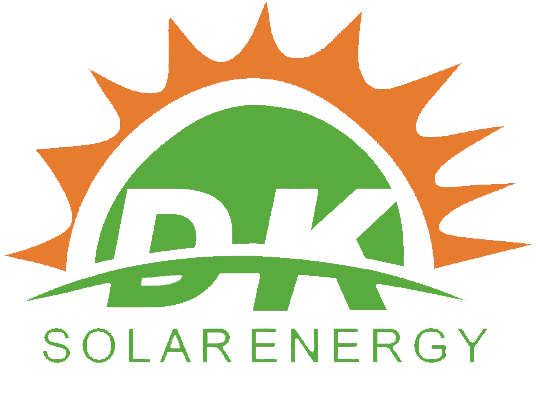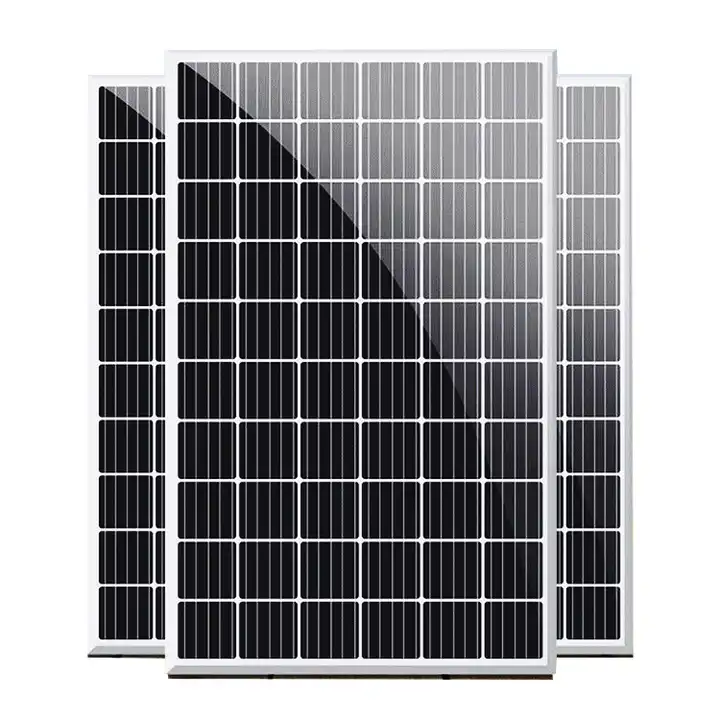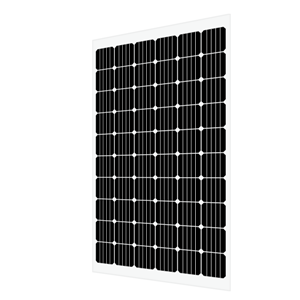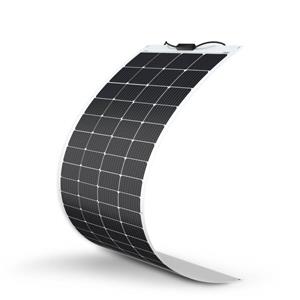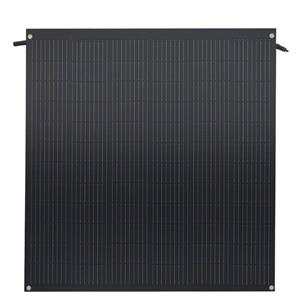Solar New materials for solar cells bring new hope?
We know that most common "blue glass" is polycrystalline silicon solar panels, and its main raw material is polycrystalline silicon. Polycrystalline silicon is a form of simple silicon that is crystallized from grains with different crystal plane orientations. The conversion efficiency of polycrystalline silicon solar panels is generally 15%-18%. It has the advantage of low cost and is widely used in daily life.
If you observe carefully, it is not difficult to find that solar panels are also dark blue or black. In fact, these solar panels are also made of silicon, but they mainly use monocrystalline silicon. Monocrystalline silicon is crystallized from grains with the same crystal plane orientation. The preparation process is more complex and the cost is higher than polycrystalline silicon. However, the conversion efficiency can reach 20%, and it is mostly used in the aerospace field.
At present, although silicon-based solar cells have been widely used in daily life, the band gap of simple silicon is fixed and the spectral range of absorbing sunlight is limited, resulting in low photoelectric conversion efficiency of solar cells.
However, beyond silicon, there is a semiconductor material that can solve these problems. This semiconductor material has an adjustable band gap and can also be used in stacks.
Perovskite is a material with a unique crystal structure. It was originally discovered in natural ores and now generally refers to a class of compounds with an ABX3 structure, where A is usually an organic cation, B is a metal ion, and X is a halogen anion. This structure gives the perovskite material a series of excellent optoelectronic properties, allowing it to show great application potential in the field of solar cells.Perovskite materials can adjust the band gap by changing the composition of the material, control the wavelength range of light they absorb, and maximize the utilization efficiency of sunlight. Due to the precise characteristics of perovskite materials, when constructing solar cells, perovskite materials with different band gaps or silicon-based materials can be combined into a laminated structure to improve the overall light absorption efficiency. In addition, perovskite materials can be prepared at low temperatures through wet methods such as solution methods, and the prefabrication cost is also low.
Large-size all-perovskite solar cells usher in new breakthroughs:
At present, perovskite solar cells have achieved high photoelectric conversion efficiency (greater than 28%) in an active area of 0.1 square centimeters, surpassing most silicon-based solar cells. However, due to problems such as uneven perovskite layers over large areas, the photoelectric conversion efficiency of perovskite solar cells larger than 1 square centimeter is still low (about 26%), which restricts the industrialization process of tandem perovskite solar cells.
As a representative of the third-generation solar cells with low cost and high photoelectric conversion efficiency, perovskite solar cells have great application potential.
